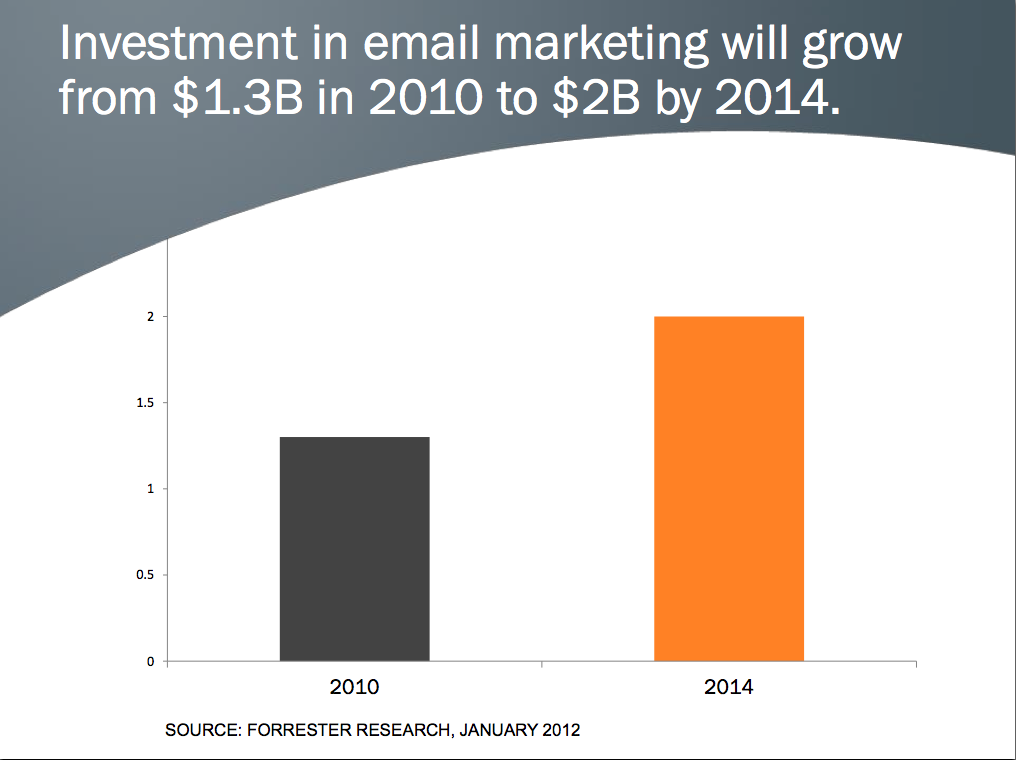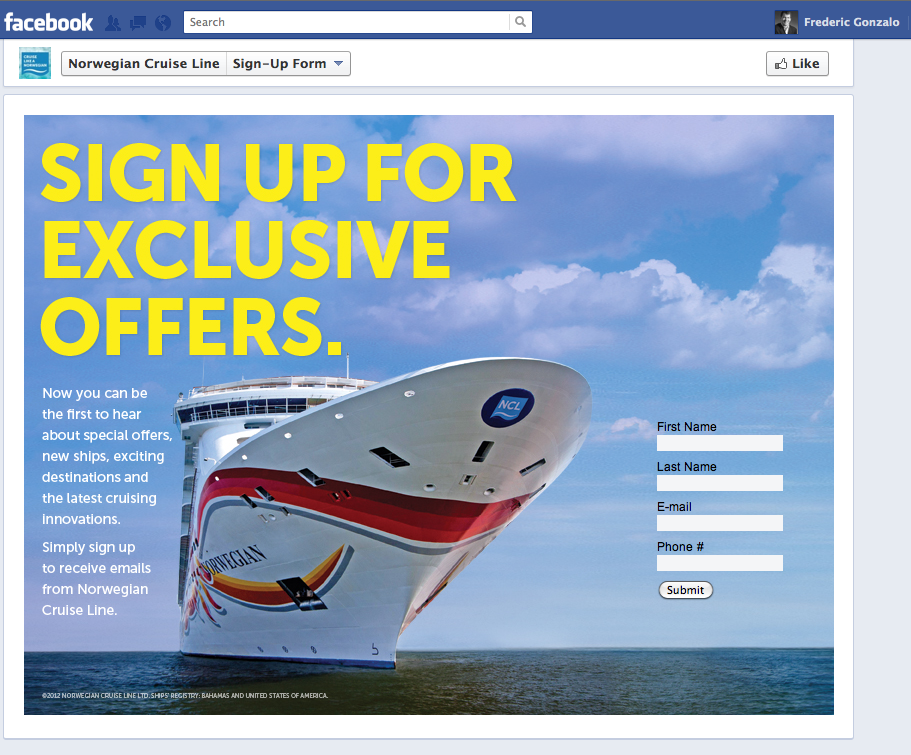Over the past 10 years I have heard time and again that email was dead or dying. And with the increasing popularity of all the various social networks, it may seem like email is growing out of fashion both with consumers and marketers.
But beware of perceptions… for reality paints a much different picture!
The origins of this urban legend
Ever since 2008, most American universities ceased providing students with .edu email accounts. Critics understood this as the end of email, with the next generation more fond of text messaging and social media interactions. Fact is, these institutions had noticed a majority of students already had a strong webmail presence, i.e. Hotmail, Gmail, AppleMail, etc.
So it made no sense to continue on with a dedicated .edu system and the costs of maintaining such platforms. Sure, students are less prone to communicate with each other via email, but they still use this tool for more formal uses, with teachers or work-related interactions.
Same could be said of Ben & Jerry’s 2010 initiative to let go of email campaigns in its UK marketing strategy. Why? They had a hard time evaluating efforts in this sphere and preferred to revisit their whole approach in this market, including a bigger focus on social media which was growing fast (and still is).
Yet does this mean email is dead and no longer relevant? Not likely.
Why email still matters
Truth be told, email remains one of the most powerful tactics in the marketing communications tool box :
You own the database
The database can be built and segmented through time, allowing customization and more relevant communications with various types of audiences, i.e. occasional clients, frequent travelers, employees, community stakeholders, etc.;
It is a permission-based relationship
Thus, we get to talk to people who shared their email address at some point in the relationship. (NOTE : I am assuming you don’t continuously purchase third-party listings or host multiple contests just to build the database. If such is the case, well, quality of the database isn’t the same to begin with)
Email is a very intimate communication
It makes its way directly into the customer’s inbox, whether on desktop, webmail or mobile device. (NOTE : I am assuming you respect basic permission-based rules, with opt-in or even double opt-in, easy unsubscribe features, etc.)
Open rates are generally high
Depending on industry and types of communication, ranging between 20-40%, often more in the travel industry. When compared to posts reaching only 16% of Facebook page fans…
Email vs Social Media
At the end of the day, it’s not a matter of email vs social media, but rather how both could and should be combined to maximize communication efforts. In fact, a recent study done by VerticalResponse showed that small businesses combining email and social media experienced a 28% higher open rate than companies who didn’t.
This echoes findings from a different research conducted by MarketingSherpa in 2011: 83% of marketers surveyed found that social media increased the reach of newsletters into new markets, 53% said social media improved email campaigns ROI, 47% said social media accelerated growth of email database, and 31% thought social media generated more qualified leads.
Examples of good practices
– On your Facebook page, why not develop an application (formerly known as tabs) that capture email addresses so that fans turn into email subscribers?
– When tweeting, why not cross-reference to contents from the latest newsletter? Same can be done on your blog. Have you asked your fans, followers and blog subscribers to register for your newsletter?
– It takes two to tango, so the same approach should be done within the newsletter where content should obviously lead to the website but also strategically to your social media presence. At minimum, your newsletter should showcase icons with hyperlinks to Facebook, Twitter, LinkedIn, Pinterest and other relevant social media where you have a corporate account.
– Segment content according to various profiles in your database. Did you know 80% of email marketers presently send the same content to their subscribers? (Source: Experian, April 2012).
What’s Your Strategy?
A good strategy involves testing in order to know what content works best and when is the best time to push your emails. Yet only 1/3 of companies take the time to test their email marketing campaigns… In other words, those who take time to clean their database, segment according to customer profiles, needs and wants, and test accordingly will come up on top with an edge over competitors.
What about Mobile?
The other big reason why email isn’t going away anytime soon is due to the increasing adoption rate of mobile as a way of life. In fact, by the end of 2012 more people will be accessing their emails via a mobile device than via desktop or webmail, according to a recent survey by ReturnPath.
Mobile represents both a great opportunity to reach people on the move and a challenge as content is not consumed in the same way, nor within the same context. Device compatibility becomes an issue, just like content adaptation for a smaller screen.
By the end of 2012 more people will be accessing their emails via a mobile device than via desktop or webmail. (ReturnPath, March 2012)
Knowing 63% of Americans and 41% of Europeans would close or delete an email not optimized for mobile ought to bring serious thinking to all marketers. Question now is: are you ready and willing to adapt?












Leave a Reply